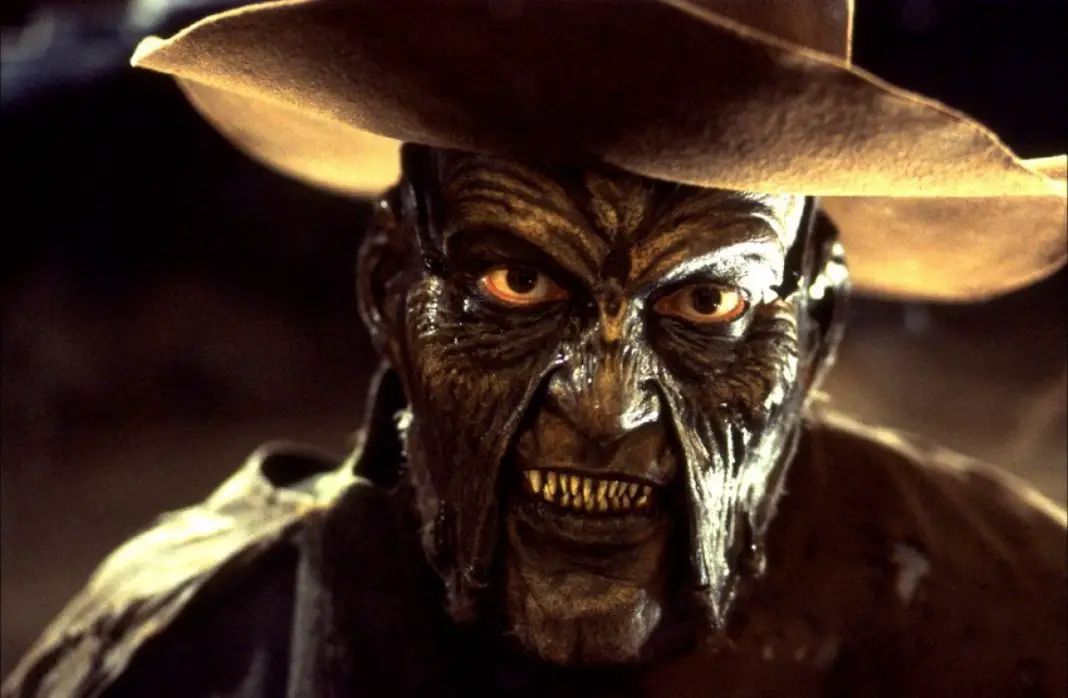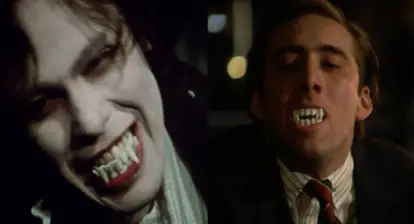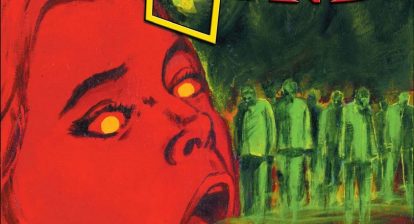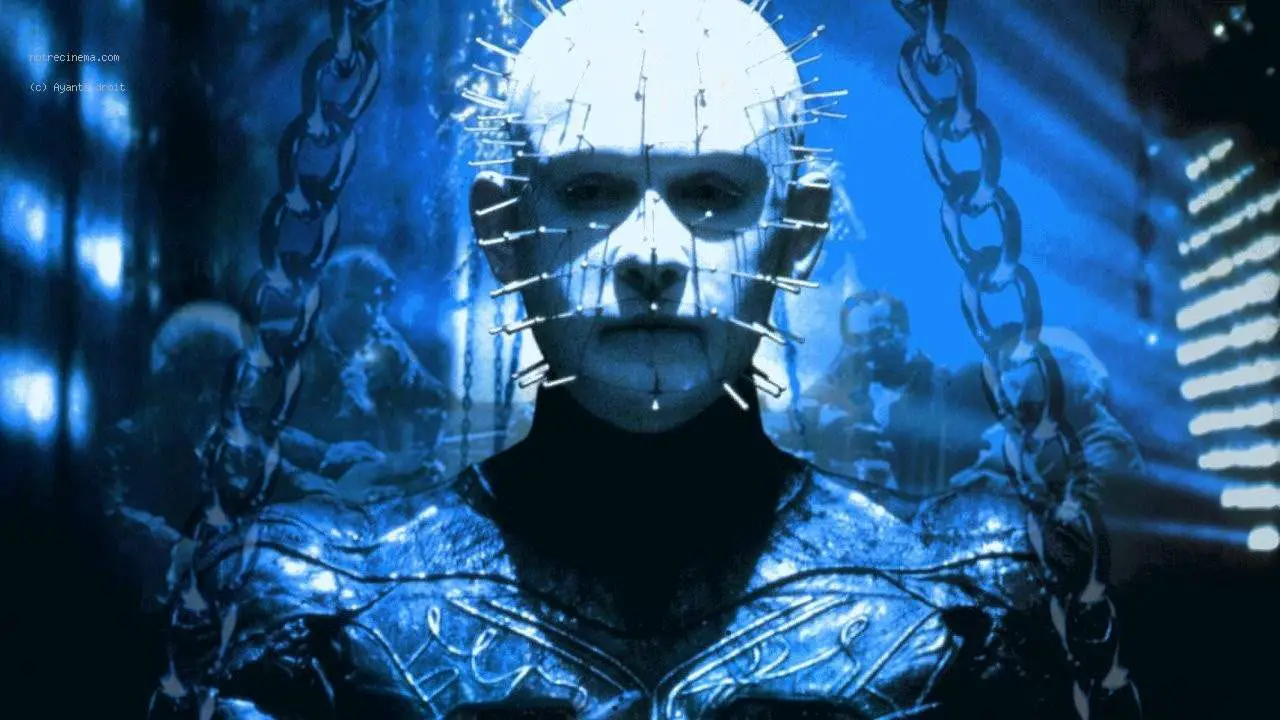Anyone who is getting into the horror genre has heard the name Dario Argento. For most people, his are not the first movies they see, but he’s often referred to as one of the all time masters, which can make burgeoning fans start to get nervous. He’s one of those guys that anyone who is already a fan of will tell you that you have to familiarize yourself with. But like John Carpenter, George Romero and Wes Craven, he’s a cornerstone of the genre.
He’s not as immediately accessible as some of those other masters of horror. But, Italian horror is so important for anyone interested in the cinema of the ‘70s and ‘80s. It’s very different from the structure and tone that fans of American films of that era might be used to. And with this in mind, Argento himself can actually be seen as a gateway, as he is the first Italian horror director that most fans experience. I know his were probably the first Italian horrors I saw before moving on to the likes of Lucio Fulci and Mario Bava. Like those other two maestros, Argento is important because his work has had such a lasting influence on so much of what followed. The giallo horrors were direct precursors to the slashers we all know in love. If you’re already a slasher fan, I can imagine you will love a good giallo.
Speaking as a lifelong fan, Dario Argento is one of my favorite directors. Of course his later stuff has been lacking—and thus, for a beginner’s guide, you won’t see much of it here—but his early work remains some of the most impressive in the genre’s long history. Argento is a more thoughtful filmmaker than he’s given credit for. Most of his praise is directed at his amazing visual style, which is unparalleled and unrivaled by any other director in horror history. Beyond the gorgeous use of the frame and the lighting and color spectrum, Argento’s works take on heavy themes including the corruption of the innocent and whether or not violent stories have any impact on real-life acts of violence. Like the best masters of horror, Argento looks at the world around him, sees how scary it is, and translates that to the screen.
If you Argento, I also recommend taking a look at some of the great books that have been written about him and his work, including Alan Jones’ Profondo Argento and Maitland McDonagh’s Broken Mirrors, Broken Minds: The Dark Dreams of Dario Argento which is an incredible resource. But that’s for later. We’re taking you back to the very beginning here. Maybe you’ve heard the name, maybe you’ve heard a bit about the kind of filmmaker he is and the sorts of films he’s made. If you’ve heard of Argento, you’ve no doubt heard of his most famous work, and that’s where we’re going to start.
Suspiria
If you’ve seen any of those countdowns of ‘Best Horror Movies’ that surface around Halloween, you’ve come across Suspiria. It’s well known for its incredible, unmatched visual style, its heavy use of color and the surprisingly gory death sequences paired with said style. Suspiria is the first must-see on the list not only because it’s the most popular, but because it does something that is probably Argento’s most important trademark: It takes scenes of incredible gore and violence and photographs them beautifully, making them all the more disturbing. Suspiria is a great introduction to the director’s work for the uninducted and features an amazing score from the band, Goblin.

Tenebre
Once you’ve gotten the shiny spectacle of Suspiria out of the way, it’s time to move onto the nitty gritty. Tenebre is a much more straightforward giallo than Suspiria and is not as flashy or colorful. That’s not to say that Tenebre doesn’t have great visual style, though, because it does. It’s shot against a sterile, white backdrop for so much of the feature. So many white walls, people dressed in white, etc. which almost makes the film and everyone in it a canvas to eventually be painted red. In addition to this genius detail, Tenebre has an excellent plot involving an author helping the police track a killer basing his crimes on the writer’s works.
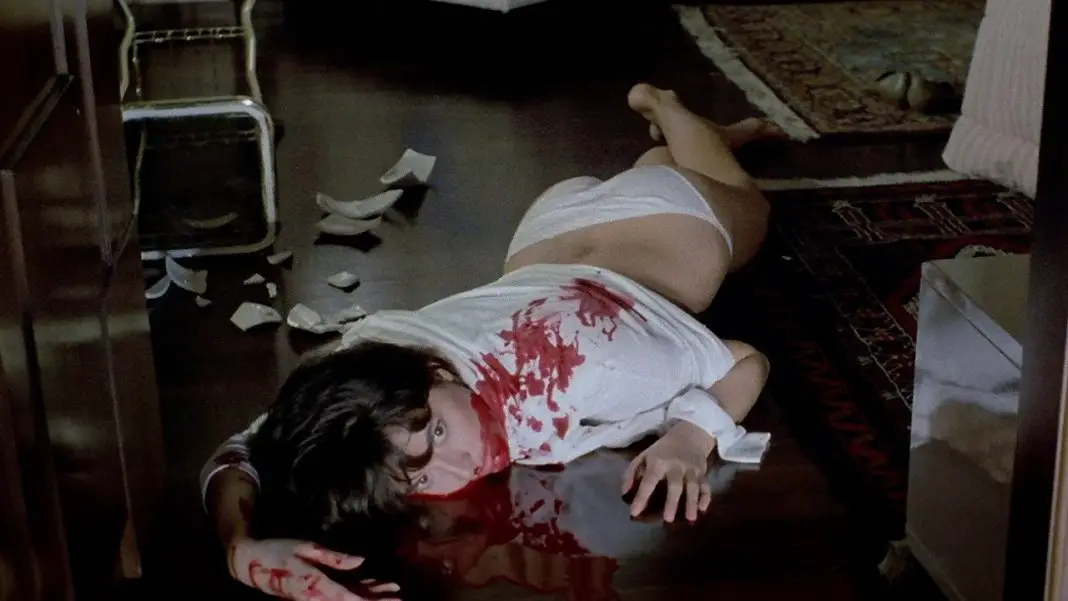
Deep Red
Many people consider Deep Red to be Argento’s masterpiece. While I consider the above two choices to be superior, it’s still an extremely well crafted film and an important entry. Once you’ve seen Tenebre, you’ll be familiar with both Argento’s giallo structure and his bizarre flourishes of random story details and characters, all of which will make Deep Red a more fulfilling experience if you’re aware of all that, beforehand. It’s an incredibly stylish, impressive slasher. Visually, it’s very much a cross between Suspiria and Tenebre. But much of the intense color here, appropriately enough, comes in shades of red. The best of Argento’s work contains a dreamlike quality, where it doesn’t always follow traditional logic but plays out as if it were a dream. Deep Red is the best example of this, in my mind, containing a fluid narrative with striking visuals but never losing the audience. There are a couple different cuts out there. Most people actually prefer the US cut to the two hour Italian cut, and I’m inclined to agree that it’s probably an easier pill to swallow, although I do like the weird touches of comedy in the Italian version.
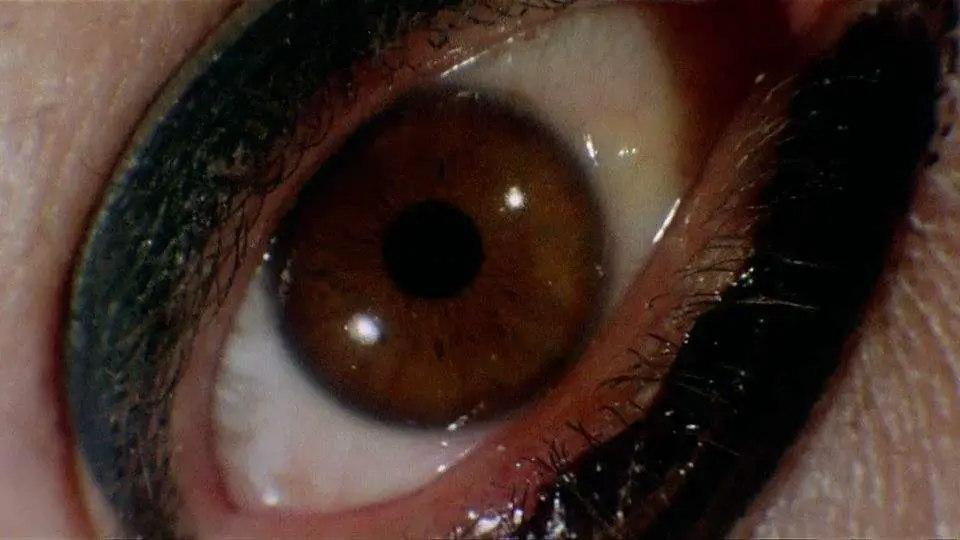 Opera
Opera
The only problem with Opera is that you’re going to miss Goblin’s music. Those scores sounded like nothing else and helped to define Argento’s early work. Instead, that score has been replaced with some hardcore rock that you wouldn’t think would fit a giallo about an opera, but manages to be an interesting juxtaposition all the same. This is one of the director’s most well shot productions—which is saying something considering what an excellent job Luciano Tovoli did with Suspiria and Tenebre—and plays like a loose remake of The Phantom of the Opera. There’s a lot of showbiz commentary at work that helps Opera to stand out as a film, as well as an underlying theme of celebrity obsession and voyeurism. In the feature’s most iconic touch, the killer ties up the lead actress and tapes needles underneath her eyes, forcing her to keep her eyes open so that she has to watch everything he does.
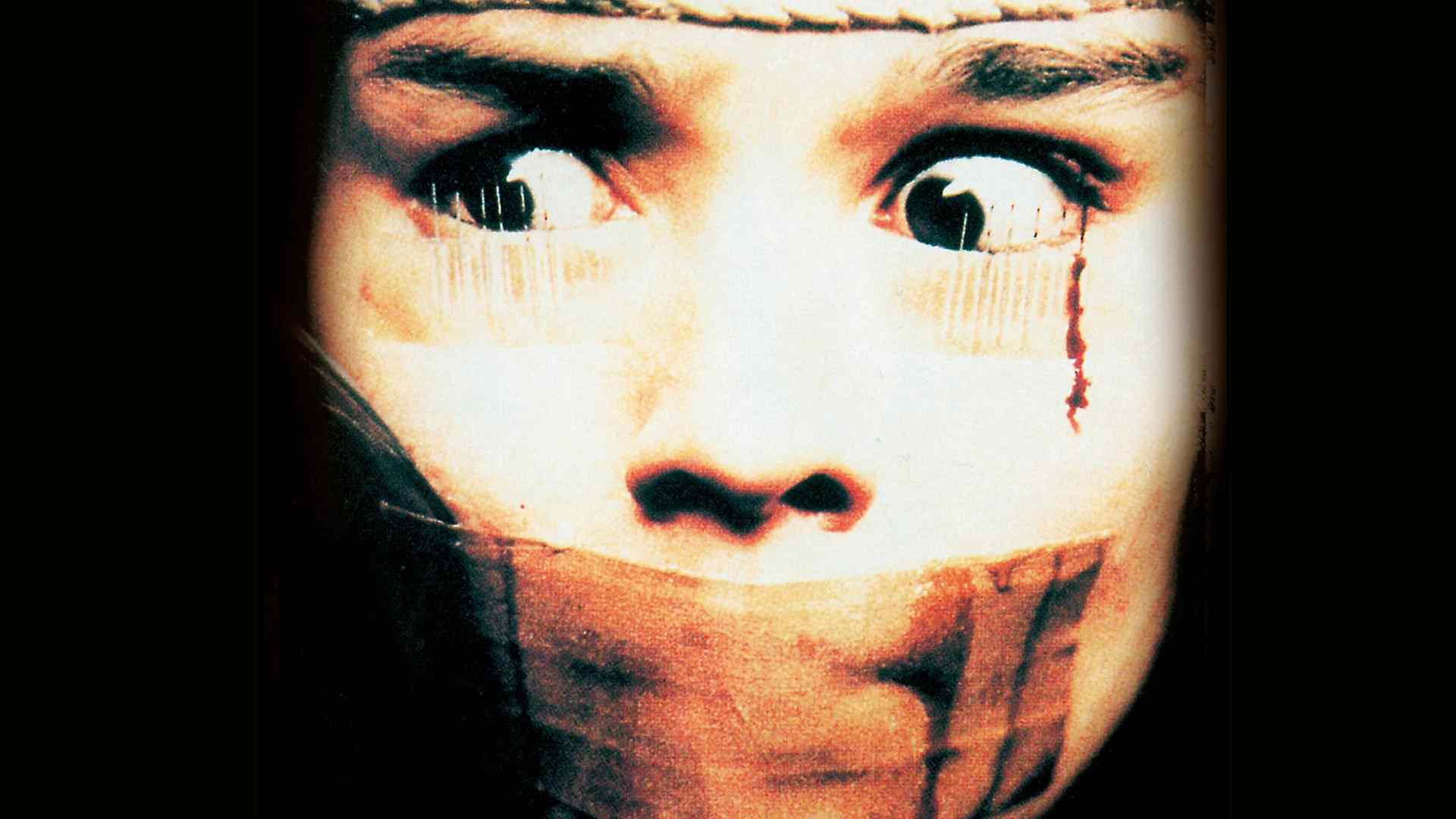 Inferno
Inferno
While Argento made Suspiria and Inferno back to back, I don’t really recommend that people watch them back to back. There’s a specific visual connection, absolutely. If you were missing the vibrant colors and lavish style of Suspiria, you’ll get all of that in Inferno. But it is nonetheless a very different movie, so I thought it would be more interesting to bookend this beginner’s guide with the first two chapters of the Three Mothers trilogy rather than simply posting them back to back. In many ways, it is even more bizarre and dreamlike than its predecessor. But it’s not made to outdo Suspiria in any way, which I think is its saving grace. The kills are different, the killer operates in a very different manner and the setting is a change from the first but still feels very much in line with everything Suspira established. It might be jarring and possibly even off-putting if it’s the first Argento effort you ever watch, but it’s absolutely worth it once you’ve gotten a bit of Argento experience under your belt.
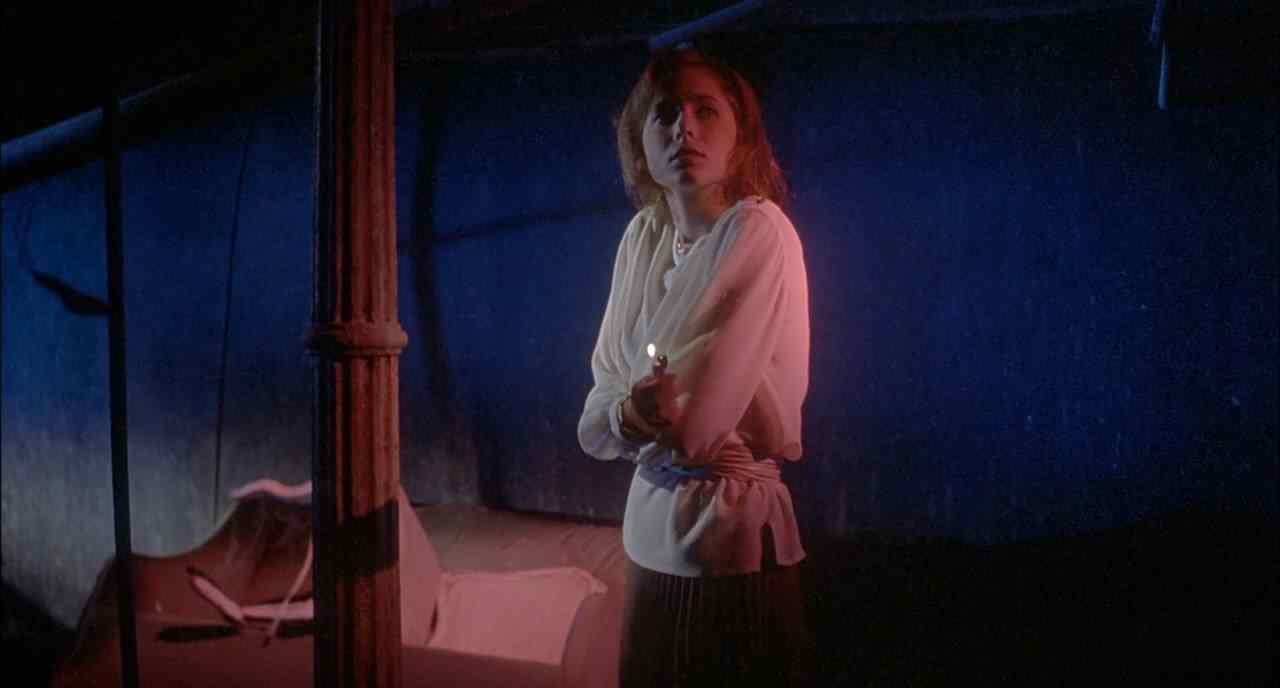 From there, you’re ready to move onto just about anything you want. If you’d still like my recommendation, I’d suggest going back to the director’s first three films, starting with Bird With the Crystal Plumage, which is an excellent art deco thriller. Then, move onto his later stuff if you like, particularly Two Evil Eyes and Jenifer, a Masters of Horror mini-feature he did for Showtime as part of that show’s first season.
From there, you’re ready to move onto just about anything you want. If you’d still like my recommendation, I’d suggest going back to the director’s first three films, starting with Bird With the Crystal Plumage, which is an excellent art deco thriller. Then, move onto his later stuff if you like, particularly Two Evil Eyes and Jenifer, a Masters of Horror mini-feature he did for Showtime as part of that show’s first season.


